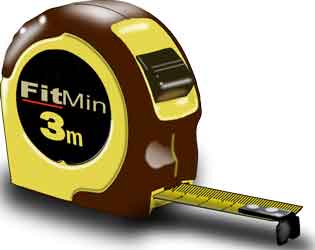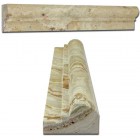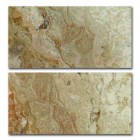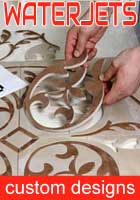 Measuring your kitchen can seem a daunting task. Our handy step-by-step guide takes you through the process and identifies the various elements you'll need to measure in order to get accurate dimensions.
Measuring your kitchen can seem a daunting task. Our handy step-by-step guide takes you through the process and identifies the various elements you'll need to measure in order to get accurate dimensions.
If you are remodeling, do not include in your measurements current cabinetry or other furniture that will not be kept, such as kitchen tables. All of your measurements should be in inches. For example, if you measure a wall that is 10 feet, write it as 120"
The space should be prepped for the new cabinetry installation before your new cabinets have arrived. Flooring, drywall, rough electric and plumbing should all be in place before you make your final cabinet layout. You need to decide where exactly you want your sink base and your appliances to be if you are changing their existing layout and also make sure to have their dimensions written if you are purchasing the new ones. Details like rough plumbing for 2nd sink base on the island should you want one, ventilation..etc for hood, proper electrical wires for oven..etc should all be covered before the new cabinets have arrived.
STEP 1
 DRAWING
DRAWING
Draw a rough outline of your kitchen. For doorways with doors, draw the doorway according to which way the door swings. Show where you want your sink base, refrigerator, microwave, range (specify if you want a cook top and wall oven), trash can.
STEP 2
 OBSTRUCTIONS
OBSTRUCTIONS
Draw in any obstructions, such as radiators, pipes, sink plumbing, etc., that you either cannot move or do not want to move.
STEP 3
 LET'S DO IT
LET'S DO IT
- Beginning at the top left corner of your drawing measure to the first window, door, or wall. Continue clockwise around the room until each wall, window and door has been measured. Note: When measuring doors and windows the trim is considered part of the door or window. measure from the outside of the trim on one side to the outside of the trim on the other side.
- Measure from the floor to the bottom of each window and from the wall to the trim and also measure the overall window height.
- Measure the ceiling height and write it in the center of your drawing. Sometimes, especially with older homes, it is a good idea to take measurements in a few different areas of the kitchen. Ceiling heights, even in the same room, can sometimes vary by as much as a few inches.
 STEP 1
STEP 1 STEP 2
STEP 2 STEP 3
STEP 3 FINAL STEP
FINAL STEP


